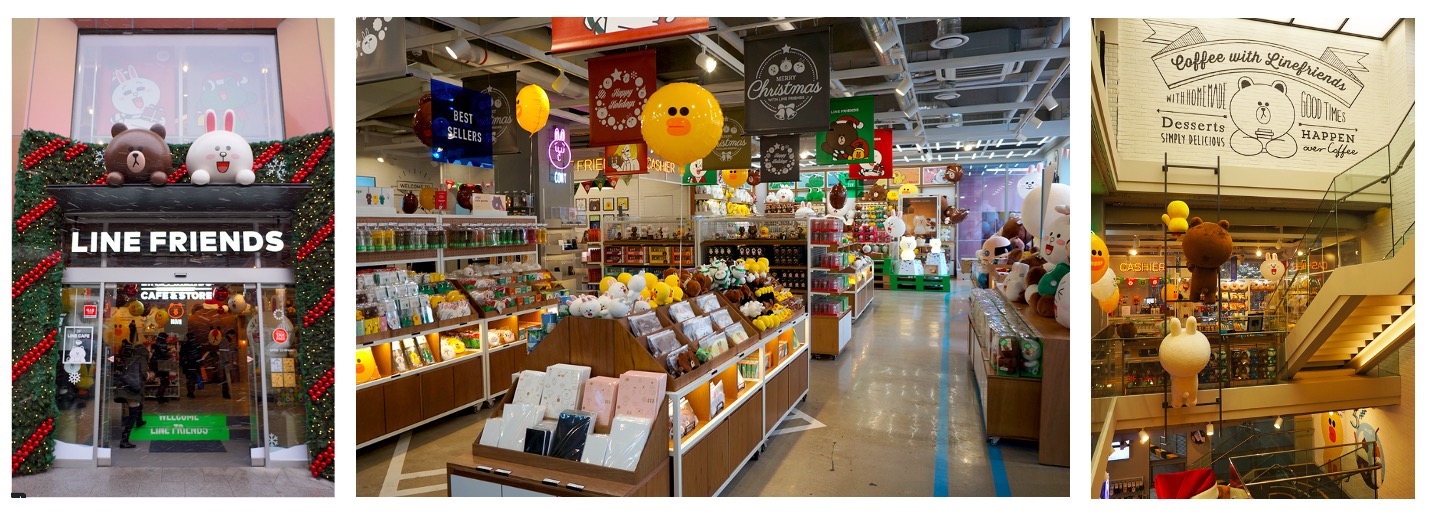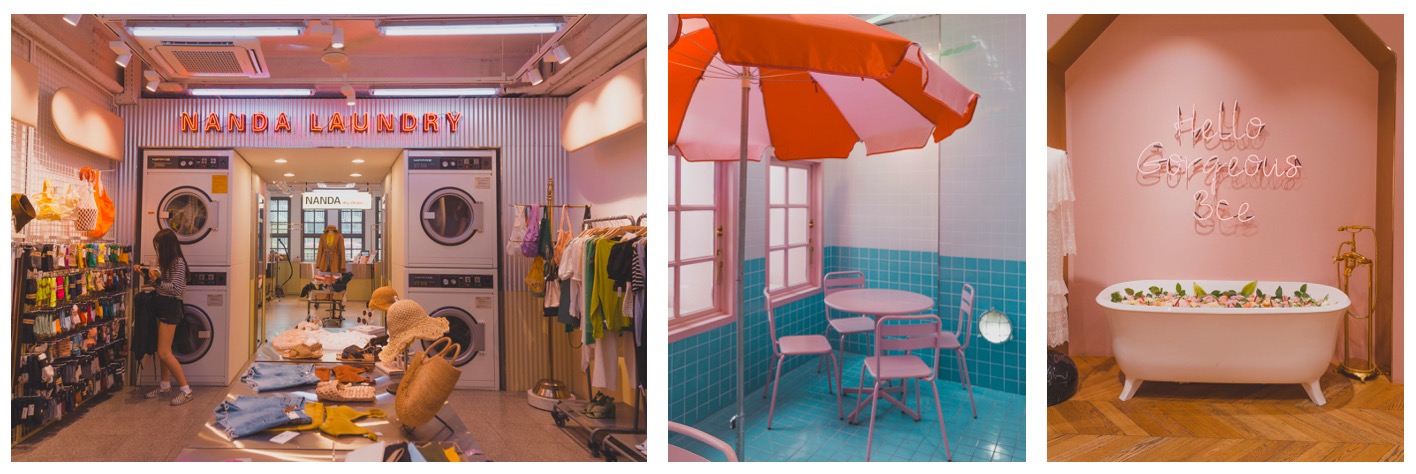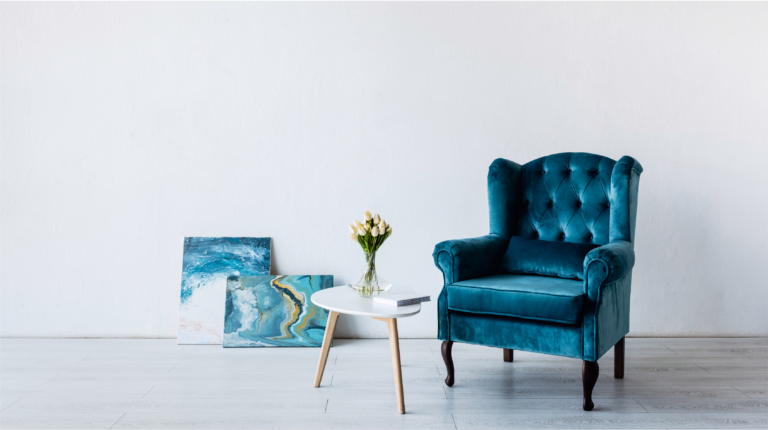South Korea, recognized as the birthplace of K-pop and Hallyu (한류), also boasts a vibrant and bustling shopping scene with fierce competition. To establish a strong presence, brands are launching flagship stores (플래그십 스토어), the primary and prestigious retail shops that embody the brand’s image, values, and products. These stores play a vital role in marketing and customer engagement, thus providing valuable insights for a successful strategy to enter or grow in the South Korean market.
Flagship stores: Conveying brand philosophy and making a powerful statement
Many flagship stores incorporate the elements of experiential stores into their flagship stores to enhance the overall customer experience. However, it’s important to note that flagship stores and experiential stores are not the same. Flagship stores in South Korea aim to convey the brand’s philosophy and make a powerful statement about the brand. They are typically regarded as the primary store of a brand, often featuring the largest inventory and being the most popular and unique among the brand’s stores. They also serve as platforms for experimentation and innovation, enabling companies to test new concepts, engage directly with customers, and stand out from competitors. On the other hand, experiential stores focus on delivering immersive and interactive experiences by engaging with consumers at multiple sensory levels. This can be achieved through artistic exhibits, live activities, virtual reality technology, and cafes, among other examples.
Instagrammable flagship stores drive customer engagement in South Korea
Flagship stores in South Korea offer amenities to enhance the consumer experience and are designed with Instagrammable aesthetics to align with the country’s vibrant social media culture. They provide visually appealing backdrops, unique photo opportunities, and shareable moments. This approach resonates with the desire to capture and share experiences on social platforms, amplifying the reach and impact of these stores through user-generated content. Many also incorporate traditional Korean cultural elements into its store designs and experiences, creating a stronger connection with the local consumers and attracting the interest of foreigners.

Conveying brand personality to a tech-savvy and brand-conscious consumer group
South Korea is a tech savvy nation with many people feeling comfortable using new and advanced technologies to have a more fulfilling customer experience. They are also more brand-conscious, not only in terms of its name but also its brand values, image, and story. This explains the growing number of people looking for “narratives” (내러티브), stories containing a point of view or values and also incorporating emotion, in a brand. To effectively communicate their personality and values, brands use various sensorial elements like distinct store architecture and themed environments, combined with new technologies, in their flagship stores.
Fulfilling South Korean consumers’ quest to acquire exclusive products
Flagship stores offer an extensive selection of products and services, showcasing the brand’s complete lineup, and often featuring exclusive items that cater to the prevailing “Gotcha Power” trend (득템력) in South Korea. This trend refers to the consumer’s ability to obtain products that are hard to acquire for non-monetary reasons like limited quantity, time, and raffle draws, and not necessarily due to financial constraints. It is important to note that the appeal of these exclusive items lies not solely in their scarcity, but in the sense of achievement and excitement associated with acquiring them and sharing that with others on social media.
Connecting with South Korea’s MZ funsumers by bringing “fun”
The country’s leading consumers, the MZ Generation (MZ세대), and the emerging population of funsumers (펀슈머), prioritize the experiential value that products and brands can provide alongside the act of consumption itself. They are more likely to be drawn to flagship stores that offer more than just products. Therefore, many brands include amenities like cafes, restaurants, galleries, and interactive displays to enhance the overall experience, making the flagship store a popular destination for consumers to socialize, explore, and immerse themselves in the brand’s world. Providing a multifaceted experience creates a strong incentive for these consumer groups to visit and form a deeper connection with the brand.
Embracing celebrating collaborations with influencers in South Korea’s flagship stores
Flagship stores frequently collaborate with popular influencers, celebrities, and entertainment franchises. By leveraging fandom and influencer marketing in South Korea surrounding K-pop and the Hallyu culture, these collaborations generate buzz and attract a dedicated fan base. This strategic approach taps into the power of social influence and strengthens the connection between the stores and their target audience. For example, LINE Friends collaborated with the famous K-pop boyband, BTS, and launched BT21 in 2017. Since the launch, BT21 characters became a huge sensation with its products attracting both local and foreign fans.
Beauty meets relaxation: Shop, sip, and learn at Innisfree Green Cafe
Innisfree, a renowned Korean beauty and skincare brand, established its flagship store called Innisfree’s Green Cafe. Just like the name suggests, this store blends the concept of a cafe and a retail outlet and features a garden-inspired décor. Customers can shop for Innisfree skincare and cosmetics, enjoy a serene environment, and indulge in natural and organic snacks and beverages made with ingredients found in the brand’s products. Additionally, customers can participate in classes and workshops, including flower arranging and soap-making. This garden theme reflects Innisfree’s status as a pioneering brand in South Korea, committed to utilizing a minimum of 70% pure and natural ingredients in every product.

Creating destination experiences: Unveiling the Pink Hotel
STYLENANDA is a popular Korean cosmetics and fashion brand that opened its flagship store, the Pink Hotel, in the bustling Myeongdong district of Seoul. The hotel theme implemented by STYLENANDA’s flagship store, the Pink Hotel, is a unique and innovative approach that resonates with brand’s motto of “creative makeup.” Drawing inspiration from hotels, each of the five stories in the store represents various hotel spaces, including the lobby, guest rooms, spa, poolside, and more, creating an immersive experience for visitors. Visitors can browse the most recent beauty and fashion trends, snap pictures in themed areas, and eat at the Pink Pool Cafe.
By incorporating this distinctive theme, STYLENANDA encourages people to “be bold, be daring, be fun” just as the founder and creative director of STYLENANDA, Kim So Hee, said. The hotel-inspired design not only sets the flagship store apart but also reflects the brand’s commitment to pushing boundaries and offering customers a one-of-a-kind retail experience.

A flagship store redefining convenience: Cafe by day and pub by night
In the South Korean F&B market, GS25, a popular chain of convenience stores, opened a flagship store in November 2022. Named “DOOR to Seongsu”, the store aims to show consumers that it’s not just a convenience store but a fun lifestyle brand. In the day time, it mainly serves as an area for a cup of coffee and bakeries, while in the evening, it transforms into a trendy pub, offering beer, wine, and chicken. To set it apart from the regular GS25 stores, DOOR to Seongsu offers about 150 core private brand items and a variety of GS-25 exclusive products. It also features a “pop-up zone”, where people can enjoy trending products like singer Jay Park’s Won Soju’s WON SOJU TO GO, which has gained popularity for its convenience and portability.

Unlocking the secrets of South Korea’s flagship stores
- The fierce competition in South Korea makes flagship stores as a means to establish a brand presence. Flagship stores in South Korea go beyond traditional retail outlet, they often incorporated experiential store concept to provide a unique and immersive shopping experience for its consumers.
- South Korean consumers are not particularly loyal to a brand. Instead, they value acquiring exclusive products and experiences more. Flagship stores in South Korea cater to this demand by offering an extensive selection of products and offering a multisensory experience.
- Flagship stores in South Korea are also a popular destination as it also creates Instagrammable experiences that resonate with the country’s social media culture and leverages collaborations with influencers, celebrities, and entertainment franchises to generate buzz and cultivate a dedicated fan base.
- South Korea’s flagship stores oftentimes merge retail with other unique concept such as cafes, restaurants, interactive displays, and so on. This attracts the MZ generation and funsumers in South Korea.
- Examples of popular flagship stores in South Korea includes LINE Friends, Innisfree Green Cafe, STYLENANDA Pink Hotel, and GS25’s DOOR to Seongsu.
Enter your email to download our full Korea Consumer Trends report






